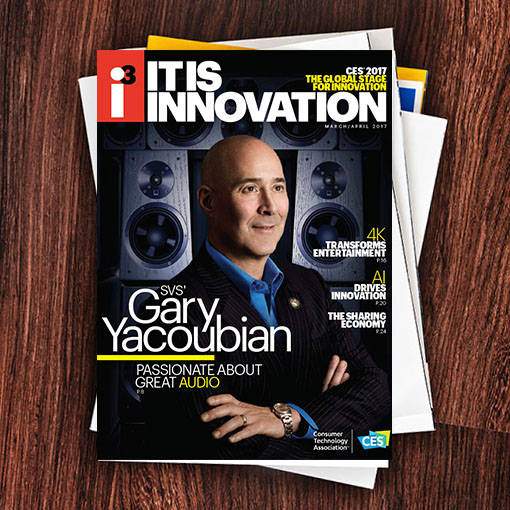1) Reverse labor rules that hurt small businesses.
Over the last eight years, the Obama administration imposed new rules on businesses that included everything from banning unpaid internships and allowing extensive government loans to college students, to doubling the overtime floor.
Although these policies may have had admirable intentions, they are disastrous for students, startups and small businesses. For example, many students received economically worthless degrees at no cost to themselves, and will likely cost taxpayers some $108 billion in uncollectible student debt. A recent estimate is that over half of student loans three years after graduation are delinquent. Additionally, the Obama Administration banned unpaid internships blocking students from getting relevant experience and building up contacts. The result: a job market bloated with graduates who can’t get good jobs and pay off big student loans.
Another Obama era doozy: nearly doubling the salary threshold for barring overtime exceptions. Startups and small businesses thrive on innovators who are willing to do what it takes to get the job done. Many startup employees are willing to join a new venture for hard work and low pay, with the expectation of a huge payoff if the business becomes successful. This has been the model for America’s startup success.
By vastly increasing the number of employees who must be paid overtime, President Obama’s overtime rule would prevent startups from getting new and exciting innovations off the ground. The mandate was blocked by a district court, but the Trump administration and/or Congress should definitively kill it. Only by cutting down on these kinds of restrictive labor rules will new businesses be able to grow so they can employ graduates and provide invaluable skills to interns.
2) Cut unnecessary rules on technologies.
Extensive and overly broad rules intended to increase user safety can inadvertently throttle innovation and halt new products from coming to market. The National Highway Traffic Safety Administration’s recently proposed Phase II guidelines are a perfect example. With no legal authority, they say the government expects every product, from iPhones to Fitbits, to turn off if held by a driver. Reducing driver distraction is a worthy goal, but the proposal is absurd and reaches far beyond the agency’s purview.
3) Operate on an actual-harm policy to better embrace disruption.
Federal Trade Commission Acting Chairman Maureen Ohlhausen advocates an “actual harm” policy that delays crafting regulation until consumers demonstrate that a new technology has produced genuine harm. When the agencies attempt to pre-empt problems by regulating ahead, they simultaneously choke innovation and favor incumbent companies with old technologies.
With the Internet of Things (IoT), industry disruptions will occur all the more frequently, and the temptation to protect the status quo will be strong. But Congress and the new administration must welcome disruption. By waiting for harm to be demonstrated and practicing a kind of “regulatory humility,” in Chairman Ohlhausen’s words, new technologies and industries will emerge and thrive.
4) Work together across parties, branches and agencies.
The most effective way to protect consumers is for Congress to pass legislation. The 1996 Telecom Act, although 20 years old, to this day continues to allow new industries to thrive. Congress must work together to help allow the innovations of IoT to take place. CTA supports the bipartisan DIGIT Act, which creates a task force to help the government manage internet-produced disruption.
Additionally, agencies need to strategize among themselves on how best to deal with emerging technologies. New products will continue to blur the lines of oversight between agencies, and open communication is necessary both among them and between Congress for America to stay on top.
Unnecessary mandates not only waste taxpayer money, they also impose burdens that slow innovation, stifle creativity, reduce consumers’ choices and ultimately threaten jobs and the economy.
By addressing new technologies with a smart and light-touch regulatory approach, Congress can allow business leaders to invest time and resources into growing their companies, creating high paying new jobs, and developing new products and services that will create new jobs and change our lives for the better.
For the third consecutive year Michigan, Utah and Virginia have earned CTA’s Innovation Champion ranking, a toptier award reflecting states that are doing everything possible to create an innovation-friendly environment for the tech industry. Also joining them are returning champions, Delaware, Massachusetts, North Dakota, Utah, Virginia and newcomers Colorado, Maryland, New Hampshire and Washington.
This diverse set of states all share fast internet, significant STEM graduates, a rich tech workforce, the ability to attract venture capital dollars and an understanding that any regulatory policies need to be flexible to encourage innovation. A majority of Innovation Champion states have also welcomed ridesharing, homesharing, self-driving cars and drones – building an attractive environment for entrepreneurs, investors and students looking to find technology opportunities.
The scorecard grades every state on 10 quantitative and qualitative criteria and assigns each to one of four categories: Innovation Champion, Innovation Leader, Innovation Adopter or Modest Innovator. The full 2017 Innovation Scorecard, featuring category rankings, state-by-state profiles and an explanation of CTA’s methodology can be found online at CTA.tech/Scorecard.

i3, the flagship magazine from the Consumer Technology Association (CTA)®, focuses on innovation in technology, policy and business as well as the entrepreneurs, industry leaders and startups that grow the consumer technology industry. Subscriptions to i3 are available free to qualified participants in the consumer electronics industry.